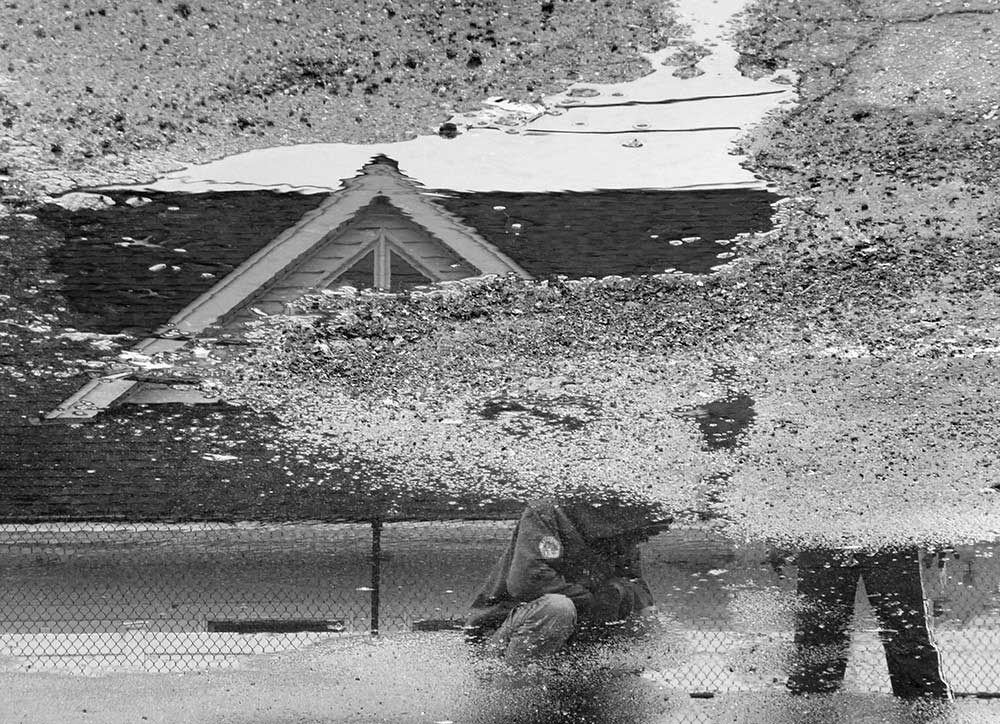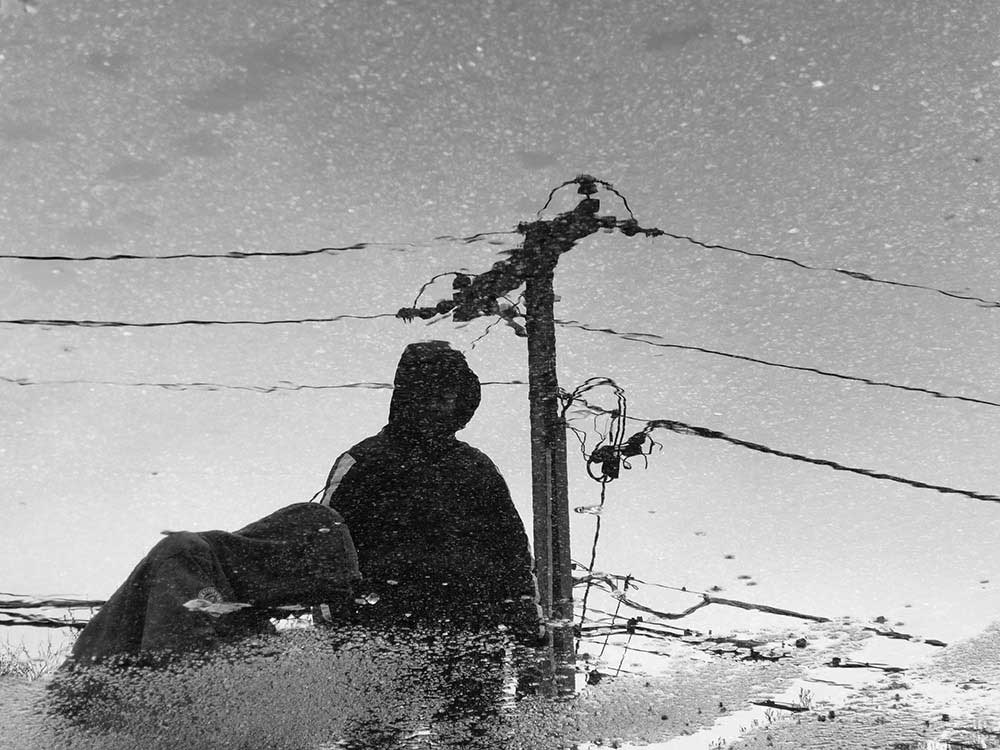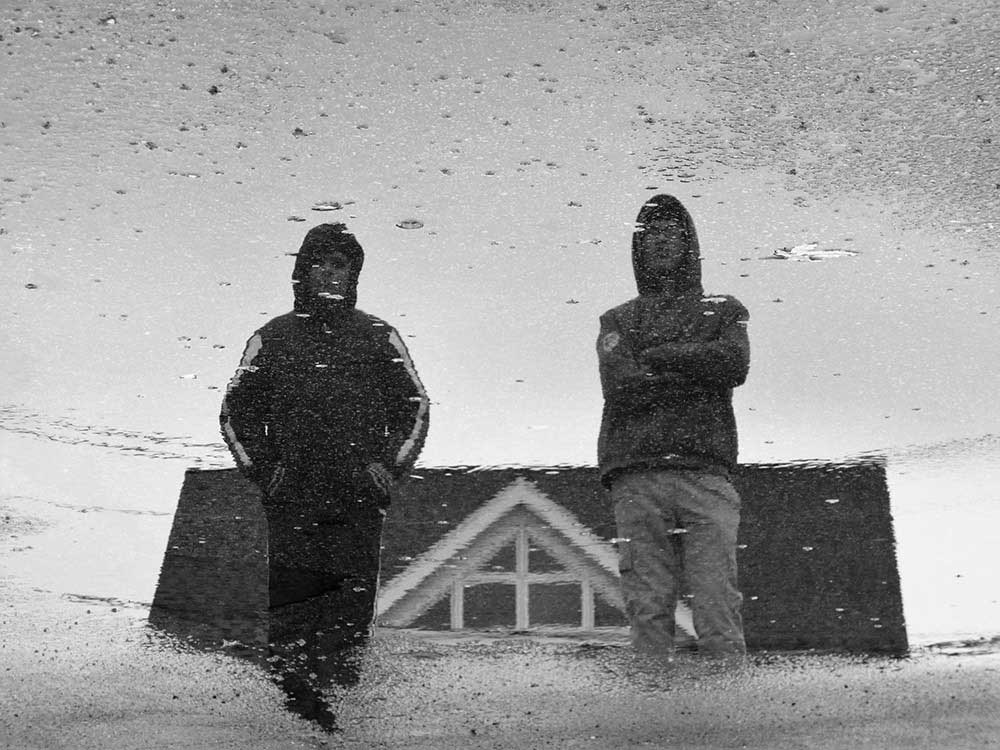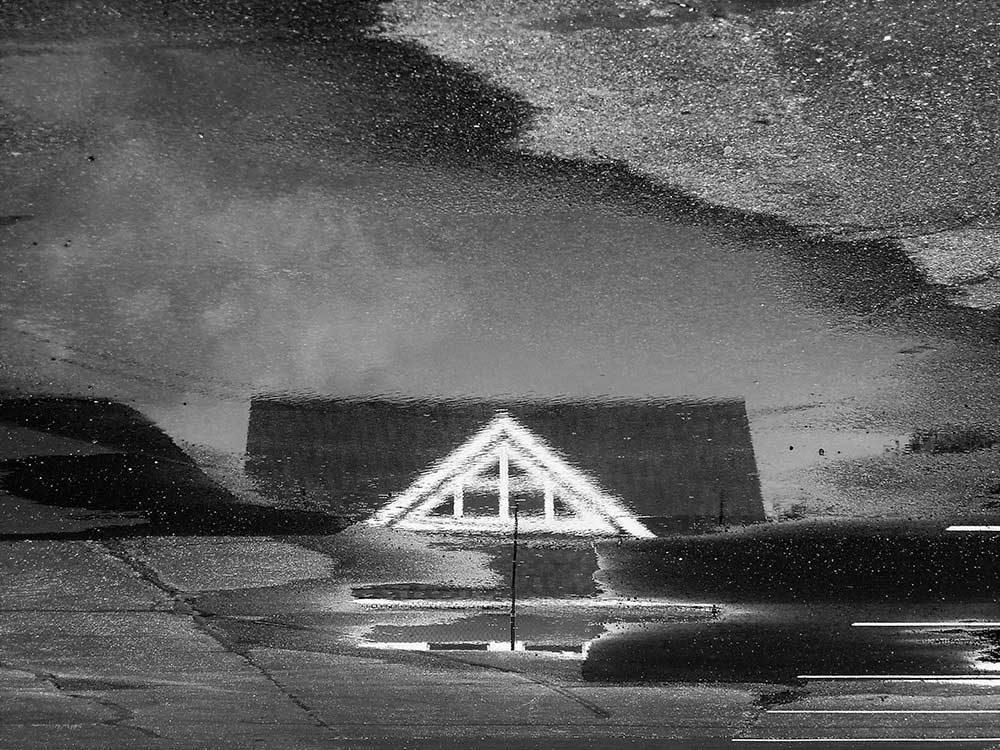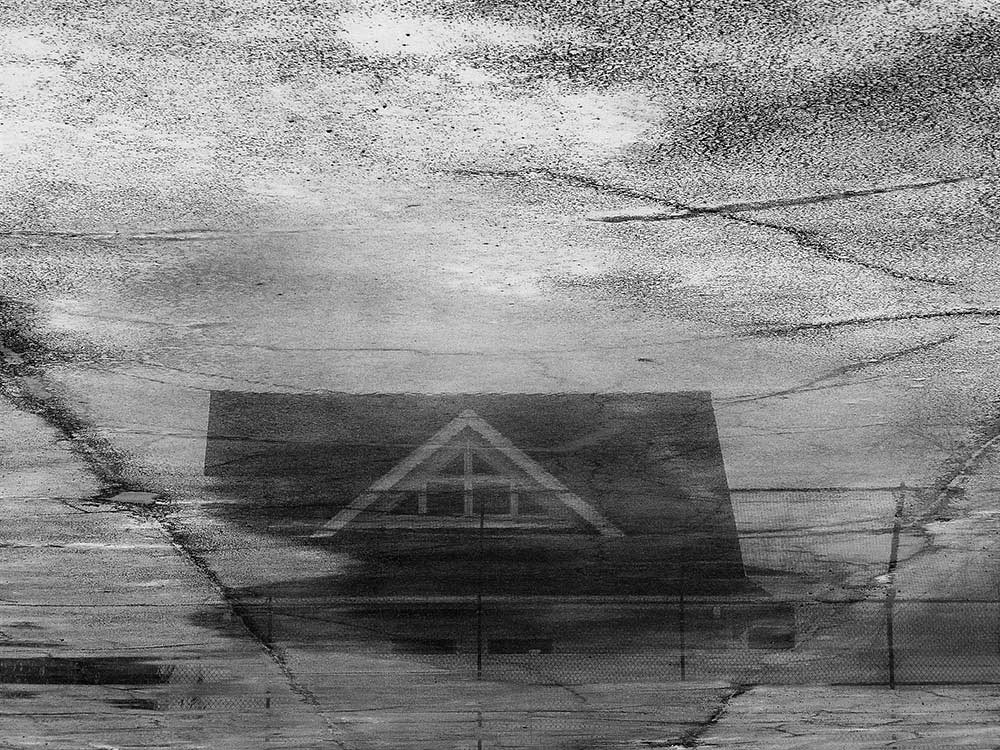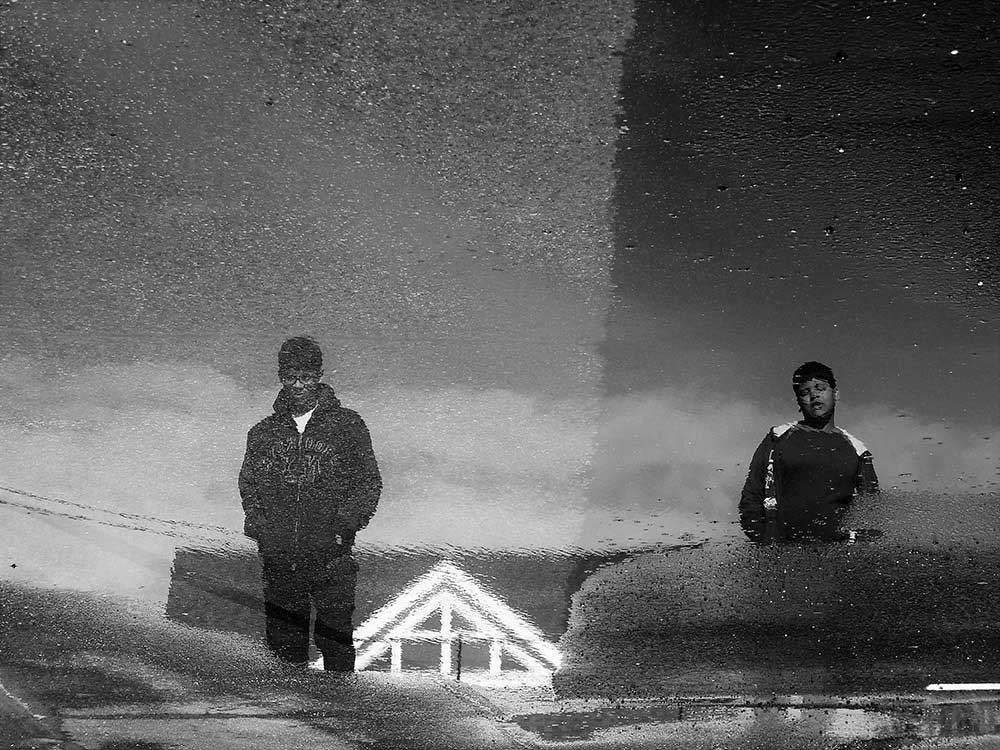“…maximize the serendipity around you.”
-Nassim Nicolas Taleb-
[What is “chance?” Chance is the occurrence and development of events in the absence of any obvious plan. Chance events are good, bad or neither. Good is referred to as “serendipity” and bad being “unfortunate.” Chance is a powerful force that influences photography. Almost every iconic photograph was more a matter of chance, than a plan.]
The chance: June 28th 1914 is a date, that is, arguably, the absolute paradigm of chance. At the abrupt change of Archduke Franz Ferdinand and his wife Sophie’s itinerary in Sarajevo, their driver took a wrong turn, bringing the car to a halt by a cafe, where a 19 year old Yugoslav nationalist, Gavrilo Princip, stood fuming at the road side. Seconds away from becoming the proverbial trigger. This had been conjectured over for generations, along with the counterfactual speculations, “what if” that continue on today.
Princip didn’t start just one war, he affected the concatenation of both world wars. WWI devolved into the humiliation of Germany with territorial loss and reparations, in the Versailles Treaty – which, fermented rabid nationalism in Germany, giving rise to Hitler and the Nazis, that started WWII. One person, and a CHANCE! If a photographer, by chance, had captured this assassination on a camera that fateful day, it most definitely would have infinitely greater historical significance than the Zapruder film on Kennedy’s assassination. Two chance shots by a fanatic: the erasure of more than a 100 million people in two wars!
Serendipity, is a good break: if my father hadn’t accidentally caught sight of my future mother in a remote town one summer in the late fifties at someone’s marriage, we wouldn’t be here. Life is just a chance. In fact, the entire history of humanity has been no more than the aggregate of good and bad chances. Even in our faintest fumes of hubris, we cannot presume that we ever had any sort of total control over the course of history, to deny this would be delusional, if not, narcissistic insanity.
The precedent: Serendipity is a gigantic factor in photography. Chance couldn’t influence photography in the early to the later part of the 19th century, as it does today, due to the limitations of hardware and its portability. But, by World War II, hardware had advanced enough for masters like Robert Capa and Henri Cartier-Bresson to capture images that moved us, while being still. While Capa captured frantic war moments, Bresson did that in an urban environment. Their body of work can be referred to as the images of chance – they used chance to their advantage.
Photojournalists are professional practitioners of “chance photography.” They embed themselves into various scenarios, at the risk of their lives, to chance upon that one shot that could change the course of the debate. Pulitzer Prize for photography is given only to those who chance upon and capture the human conditions that effect us the most. Who can forget Nick Ut’s “The Napalm girl of Trangbang” in 1973 – or Ron Edmonds’s “Assassination attempt on President Reagan” in 1982, both for Associated Press?
One master practitioner of chance photography I personally know and admire is Art Shay – arguably, the best photographer of the later half of 20th century, that scraped the back roads of Chicago along with Neslon Algren, looking for chance stories. His body of work is high art form, indeed. The incredibly rare candid nudes of Simone de Beauvoir, a brash Cassius Clay before a fight, Brando and Hefner before they became icons, and Black kids frolicking in a ghetto titled “Backyard Olympics” are some, from scores, if not hundreds of masterpieces!
Organized versus organic photography! Photography, for the most part, may have evolved to be a deliberative and deliberate process, today. We try and control every aspect of it, therefore, unwittingly, reducing it to a plastic and phlegmatic experience. A good part of me wants to claim photography as the terrain of chance: a virgin forest, with the potential of bringing us face to face with surprising and abrupt scenarios and experiences. The fun of photography may have been filtered out by our relentless control and predictability, as evidenced by the profusion of “studio” exhibits. The psychology of the unknown is perhaps remedial for modern photography, in exorcising its stale predictability – a way away, from conventional reliance on too much planning before the shutter release.
Photographic serendipity is transcending reality, into something metaphysical, like experiencing an illusion in many dimensions, it is what I call a photographic spirituality. And this photographic spiritualism is in the realm of aesthetics, in serendipity. Beauty experienced, outside of our control. Being mindful of this, will unshackle photography from some deliberation and design. Nothing breeds photographic complacency like the semblance of creative normalcy. Nothing kills surprise or authenticity so much as the commonplace control. Nothing suffocates photographic invention and singularity like the technological zeitgeist! Nothing is left to chance!
I love the idea of photography unfolding when we, the photographic control freaks, are jerked around by the circumstances, our control lost, or snatched by chance, triggered by the conditions. I love the idea of photography going back to relying on our senses, and our intuition. Photographic control is like a “plan” to make love: big expectations, and impotent results. But, when we let go, of not only our anxious control, but expectations, something unexpected takes place, things flow, as chance takes a chance on us – gifting us with the surprises.
What I suggest above may contradict “The Zone System” by Ansel Adams and Fred Archer, which is concerned with total control of image. It’s the anticipation of the final result before making the exposure, known as visualization. For documentary still landscape photographs? Yes! This illustrates the stark contrast in the range of photographic approaches, one of total control, as professed by Adams, to none at all, as practiced by Capa and Bresson, serving different aesthetic philosophies. Then, there is the practice of balance between design and spontaneity. Could Capa or Bresson have taken their photographs with The Zone System? Would Bresson be known for his candids?
In photographic vernacular, serendipitous shots constitute photographic spirituality. Here are the examples of my photographic failure: in deliberation and control, abruptly usurped by dysfunction, encouraged by the circumstances and conditions I was in. The accidental aesthetic is directly attributed to their mysterious and inscrutable asymmetry of compositions. I had saved these “addled” shots in a file I called “accidental and incidental.” Don’t know why! But, after opening the file recently, it abruptly released a theme: “Accidental & Incidental Aesthetics of Serendipity!”
The captions: I am absolutely thrilled to present photographs taken by chance, that represent my failure of control. I had very little to do with these photographs other than hold the camera and close the shutter at the wrong moments. Nevertheless, these miscues reveal another facet of photography, which today is riddled with obsessive control. Every form of art is a never ending debate, on total control as opposed to complete freedom, or strategy versus spontaneity! We have to find the photographic equilibrium somewhere between total control and spontaneity.
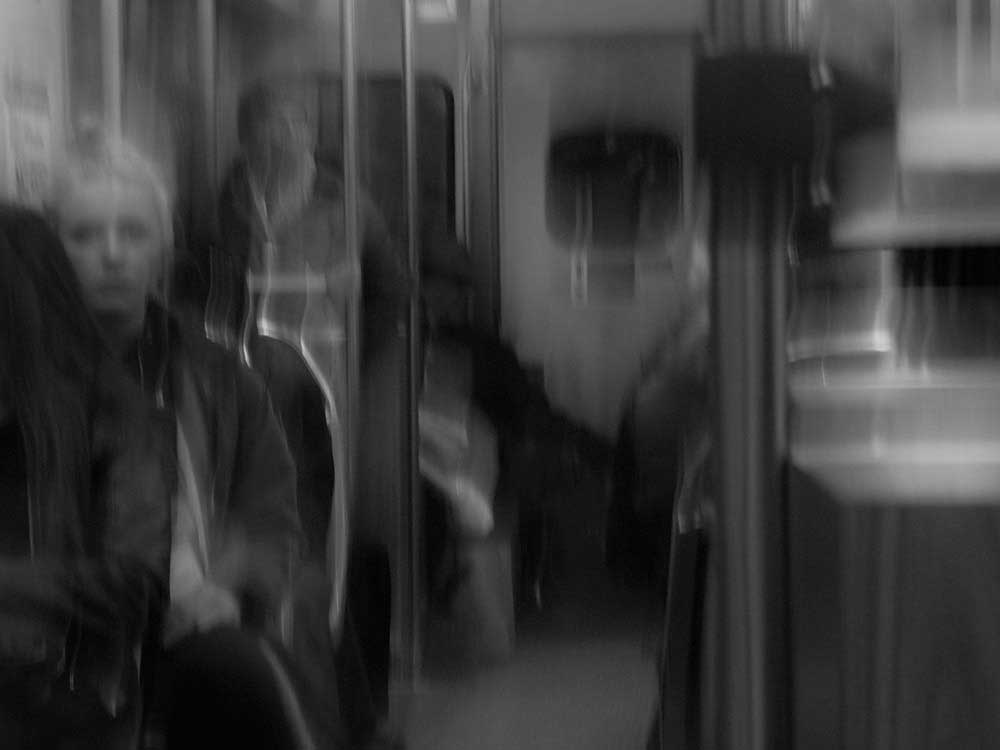
A1-A2: The first one is in India, the combination of train movement and beggar’s Parkinson’s affliction. Note the train is moving less than the man. I tried a shot by increasing the shutter speed, it was not as interesting as this one. Second is the Chicago subway, with its vertical gyrations. B3-B12 Are at a gym concert, where people sat and stood shoulder to shoulder. B3: look closely at the man crossing the frame, you can actually see him make eye contact with me in that faint tinge of guilt. B9 Appears to be a photograph of a battalion firing a volley with their muskets, when actually, I closed the shutter while being suddenly shoved to my right in that crowd. B10 Was taken when we were swinging left to right. B11 Looks like the orchestra conductor materializing through smoke, when my camera was shaken by people left of me. Please squint at the photographs to see and sense them better.
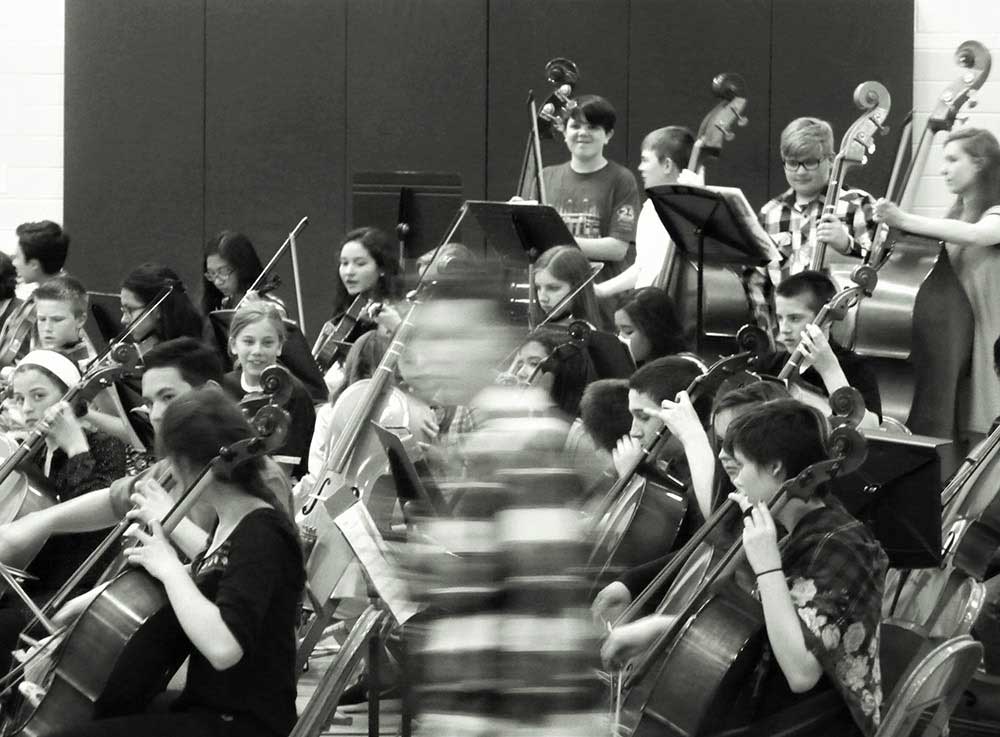
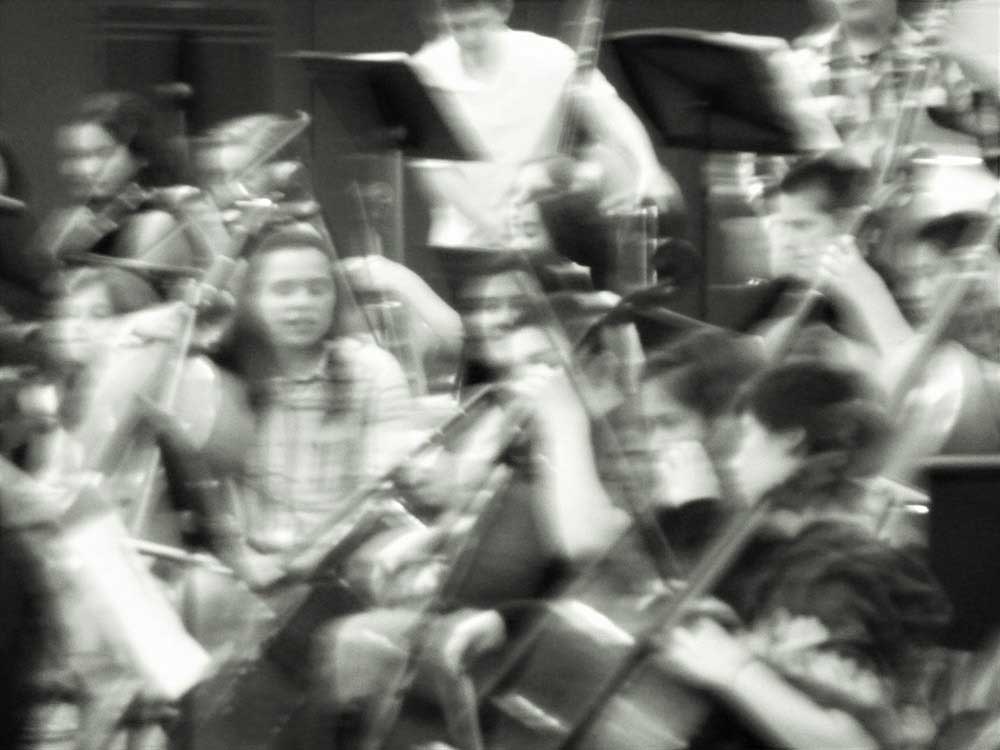
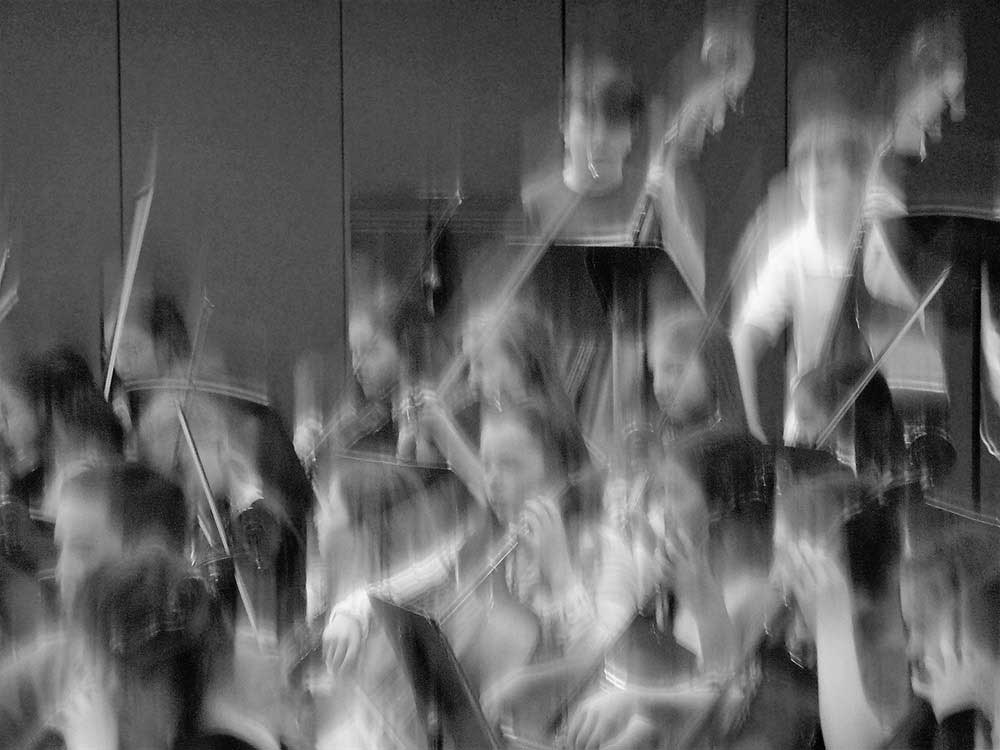
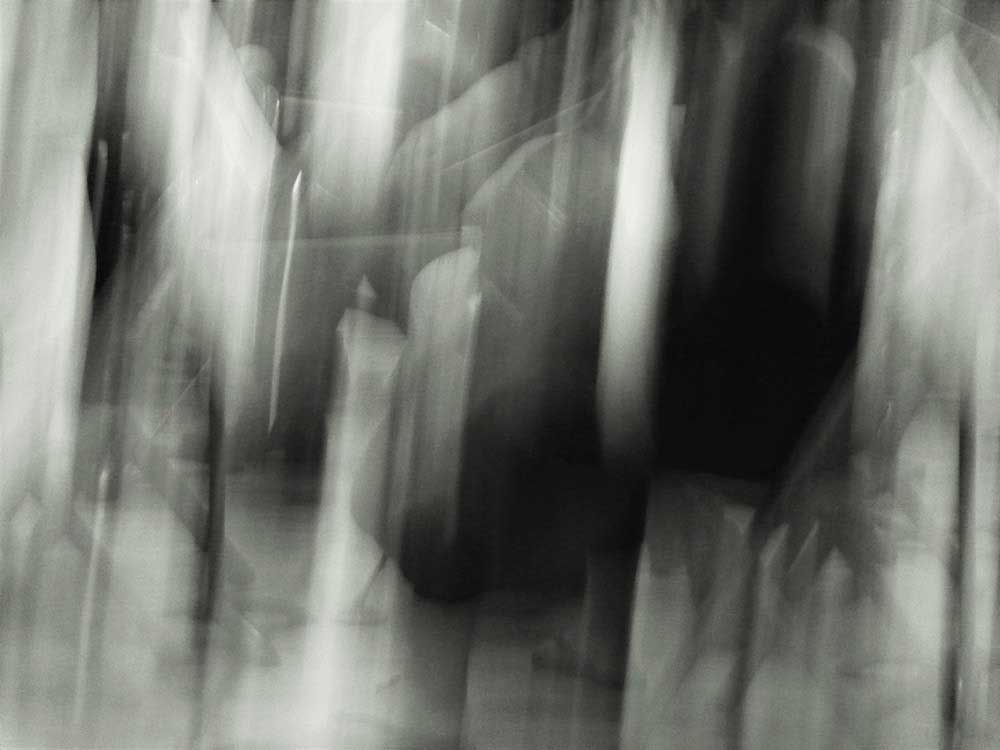
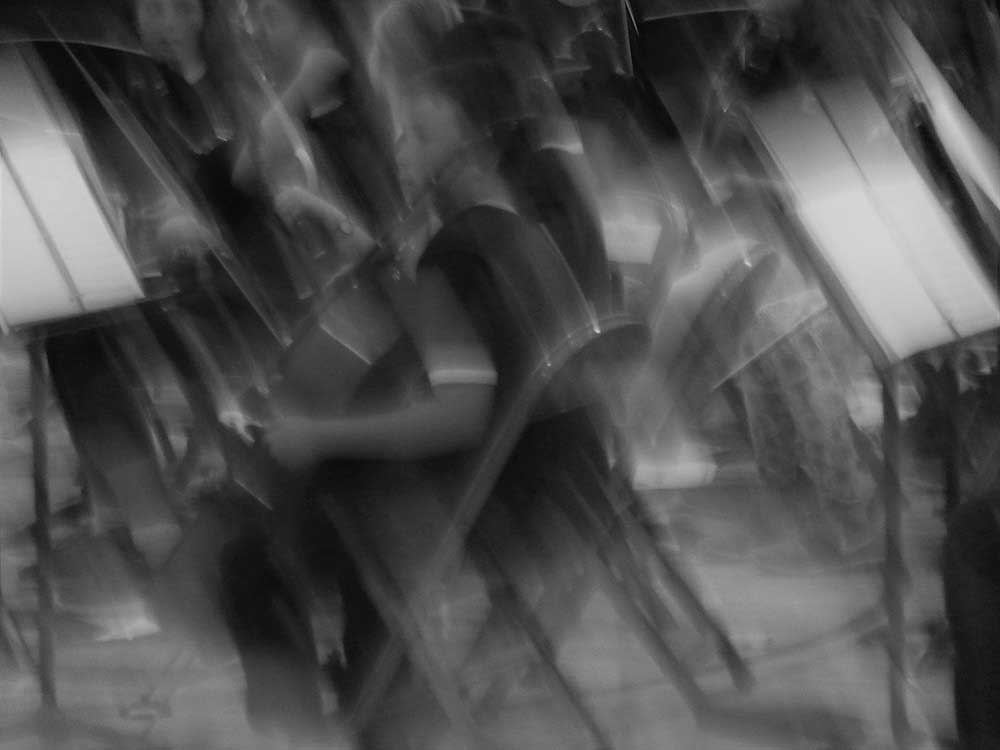
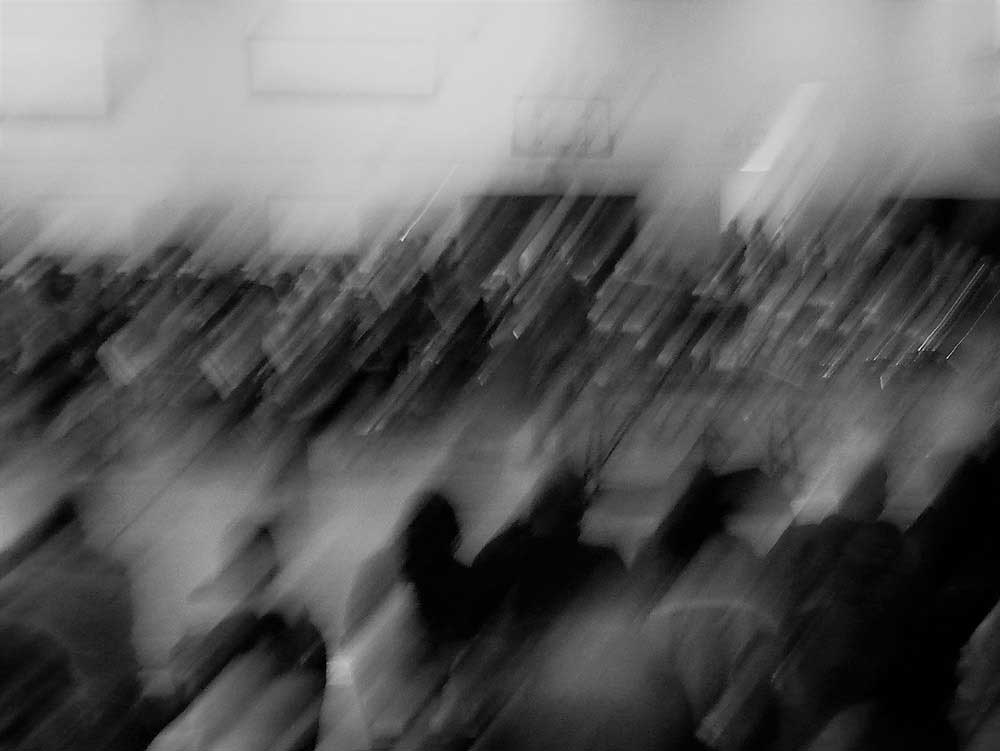
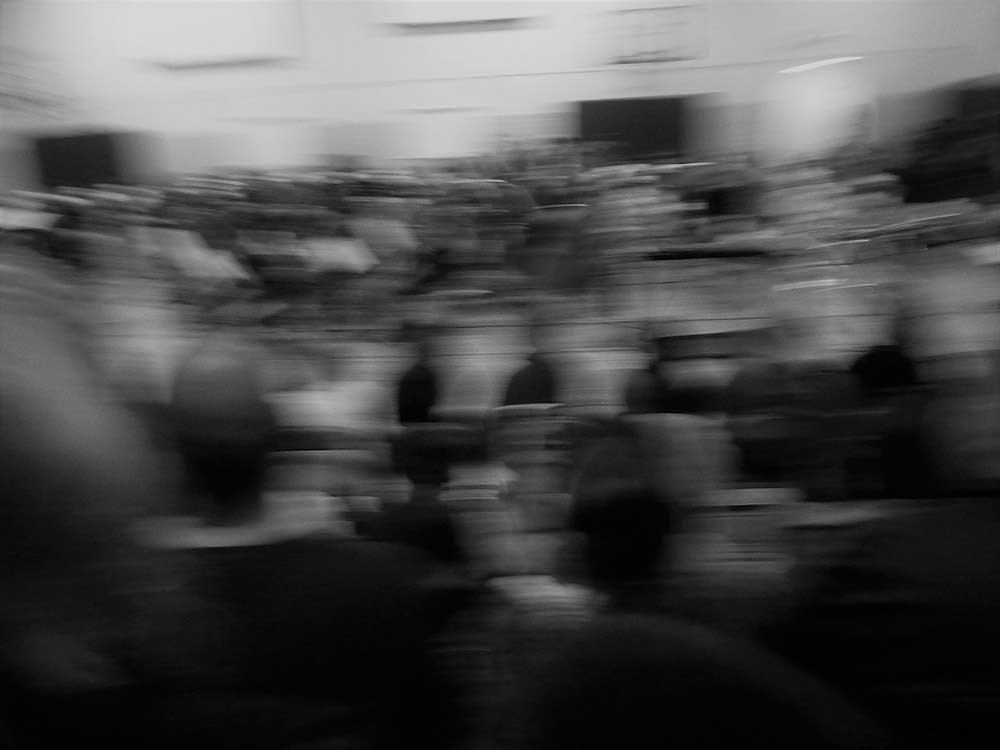
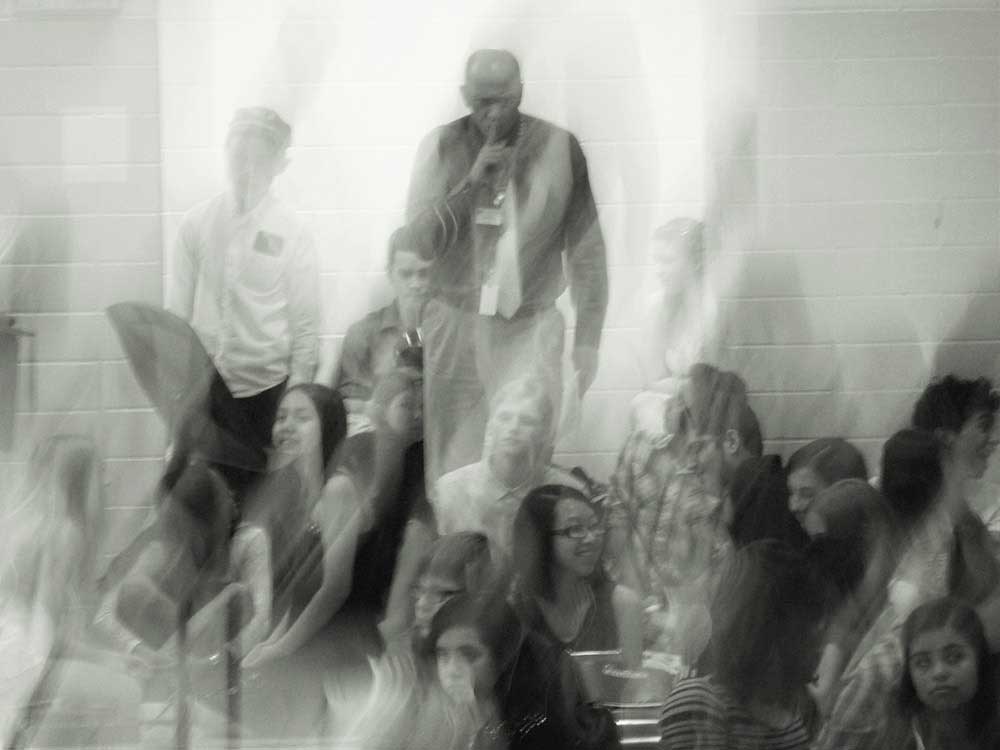
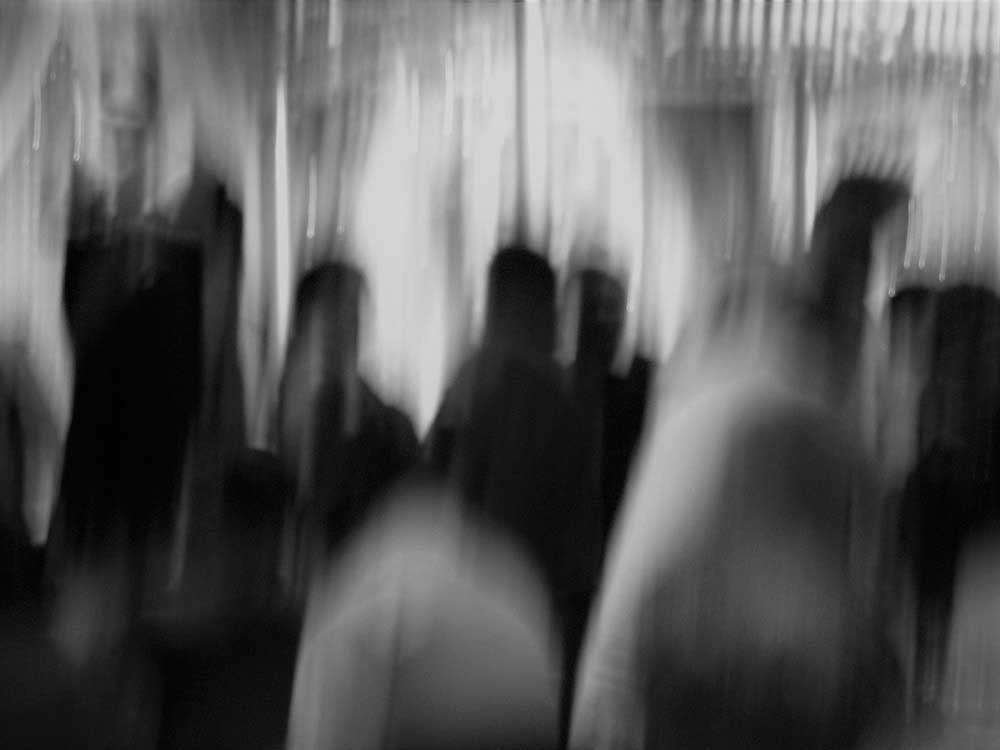
Photograph C13 is the result of me not paying attention to the national anthem. I clicked at the moment the anthem ended and all the students suddenly started down to take their seats. It appears as though their heads are one fire. Why not?! The fire of creative energy! Number D14 is one of favorites, I told the girl to get closer, she moved her elbow into me exactly when I closed the shutter, what resulted is an accidental gem. I love the aberration!
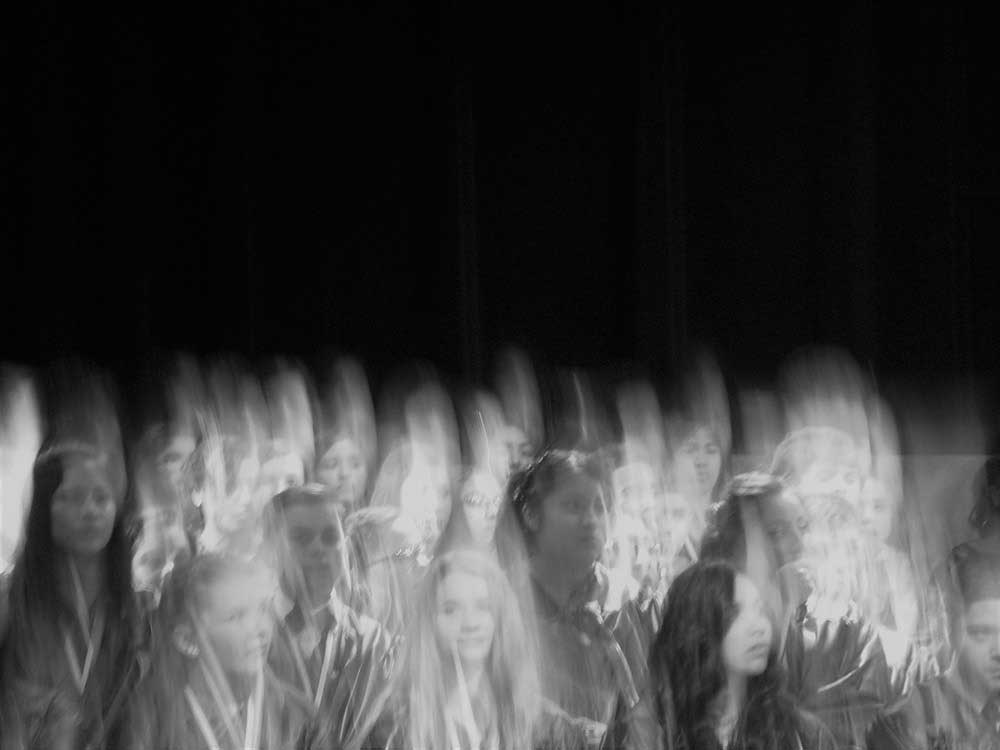
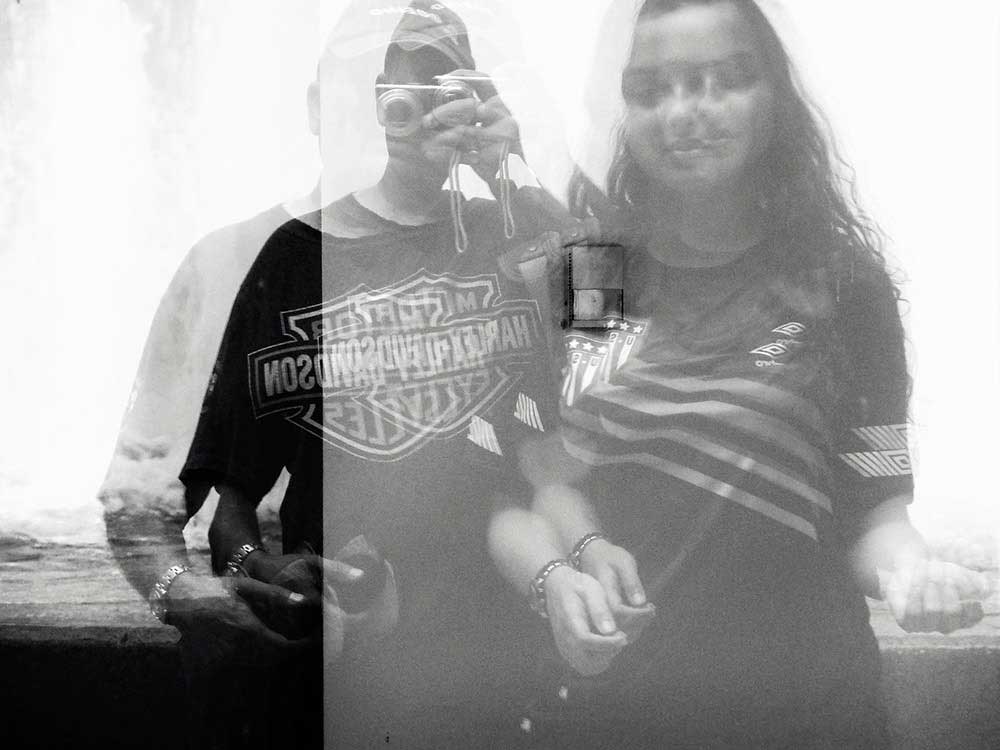
Photographs E15 – E20 are the experimental results emanating from one pure accident. It was the precursor to E19. As I bent down to see the reflections, my camera slipped and fell on the shutter release button. The resulting image was a bit skewed, but astonishing. I saw the reflection of a house, instead of being upside down in water, appeared upright. The water appeared as the translucent sky, and the house roof floating in this sky – the illusion was breathtaking! Then I proceeded to photograph the rest of the images with an inverted camera. Look closely at the E series, they are as confusing as they are aesthetically resonant. The effects are accidental and incidental. But, can we recreate these effects deliberately and consistently with the same outcome? Photographic serendipity is spiritual experience, indeed! Copyright © Raju Peddada, September 2017
